Gluten free Buddha Bowls may contain healthy greens but they're not salad. The basic idea is to choose a colourful variety of nutrient dense foods and present it artfully. The sauce or dressing is drizzled over the bowl but it's not tossed.
Bowls are trendy, can be found on almost every restaurant menu and if you're trying to eat 30 Plants a Week they are the secret. Also called Nourish Bowl, Glory Bowl, Bliss Bowl and Power Bowl the interpretations are endless. They can be vegetarian, vegan or include meat.
If you like bowls two of my favourites are this Vietnamese Rice Noodle Bowl and a Falafel Bowl. Healthy, delicious and completely different.
🍚 Ingredients
I'm a sucker for anything with a peanut dressing or sauce and this one's a winner.
- brown rice (white rice, quinoa or any gluten free grain)
- cucumber
- spinach
- cabbage (or bagged coleslaw mix)
- red pepper
- bean sprouts
- mango (I think this ingredient is a must!)
- peanuts, green onion and/or cilantro
- OPTIONAL: cubes of cooked chicken or marinated tofu
Peanut Dressing
- garlic clove
- peanut butter
- lime juice
- gluten free soy sauce
- honey (or maple syrup for vegan)
- sesame oil
- olive oil
See recipe card for exact amounts.
Variations
Create Buddha Bowls that are different every time. Use the list below as a guide choosing a variety of foods from a few different categories. The trick is to keep it simple enough that the individual items shine, yet find those winning combinations that you want to repeat.
Base – Start with rice noodles, gluten free soba noodles or grains such as brown rice, quinoa, millet or cooked sweet potato.
Plant-Based Proteins – Make a nutritious, protein rich bowl by adding tofu, beans or legumes like lentils and split peas.
Animal Proteins – For meat eaters a small amount of sliced beef, pork, chicken, fish or seafood and hard-boiled eggs are all options.
Leafy Greens – Choose spinach, kale or other greens in smaller amounts than you would use in a salad.
Vegetables – Use a variety of raw and/or cooked vegetables.
Raw veggies – red pepper, cabbage, cucumber, radishes, snow peas or bean sprouts.
Cooked veggies – steamed, roasted or grilled veggies could be carrots, cauliflower, broccoli, green beans or sweet potatoes.
Fruit – For something sweet and juicy add a handful of berries, any chopped fruit like mango or apple. Avocado is also a popular choice and technically it is a berry.
Garnish and Crunch – Finish off your artful presentation with fresh herbs, nuts or seeds.
Dressing/Finishing – Although a sauce isn’t mandatory many bowls are topped with a drizzle made from tahini or even a thin hummus. I topped this Buddha Bowl with an Asian inspired peanut dressing.

Top Tip: Gluten Free Lifestyle
Podcasts are the best way to keep up on changes in the gluten free space. Subscribe and listen weekly. This Buddha Bowl recipe was inspired by my interview with Sue Jennett of A Canadian Celiac Podcast. She had lots of questions and we covered them all in Episode 101: What's A Food Bowl.
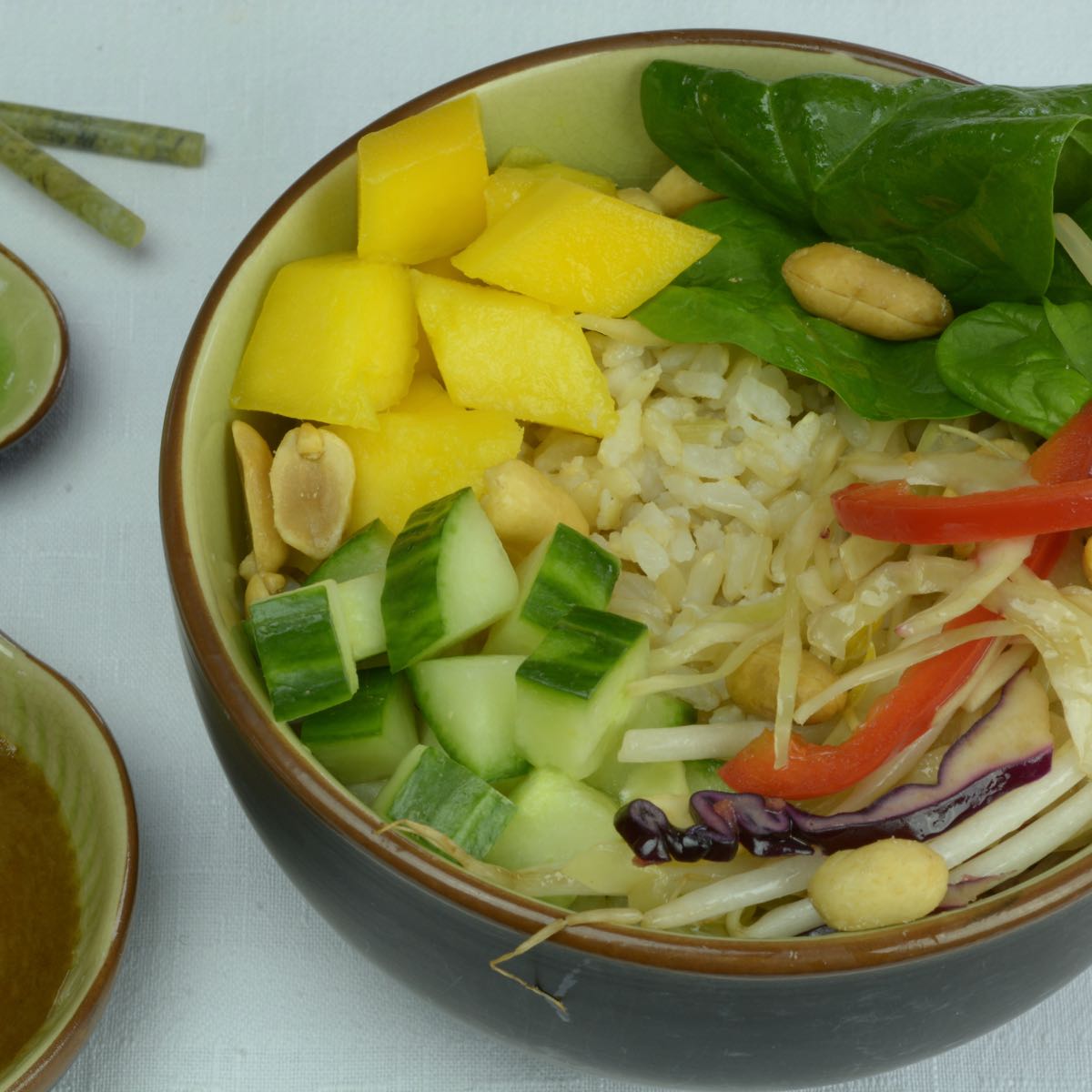
Gluten Free Buddha Bowl
Ingredients
- 2 cups cooked brown rice (white rice, quinoa or any gluten free grain)
- 1 cup chopped cucumber
- 1 cup spinach
- 1 cup thinly sliced cabbage (or bagged coleslaw mix)
- ½ red pepper, sliced
- ½ cup bean sprouts
- 1 cup cubed mango
FINISHING – peanuts, thinly sliced green onion and/or chopped cilantro
PEANUT DRESSING
- 1 small garlic clove, minced
- 2 tablespoon peanut butter
- ¼ cup lime juice
- 1 tablespoon gluten free soy sauce
- 1 tablespoon honey (or maple syrup for vegan)
- 1 tablespoon sesame oil
- 1 tablespoon olive oil
Instructions
PEANUT DRESSING
- In a small bowl whisk together peanut butter, lime juice, soy sauce and honey. Continue whisking and add sesame oil and olive oil until smooth. Set aside until ready to serve.
ASSEMBLING
- Put generous portion of rice on bottom of bowl. Warm or room temperature is preferred, not cold out of the fridge.
- Top with cucumber, spinach, cabbage or coleslaw, red pepper, bean sprouts and mango.
- Sprinkle with peanuts, green onion and/or cilantro. Drizzle with peanut dressing. Makes 2 bowls.
Nutrition
If you made one let me know in the comments below.
__________________________________________________________________________
New here? I've got help to get you from overwhelmed and frustrated to confidently cooking gluten free food the whole family wants to eat. Subscribe and get your free resource, 29 Tips for GF flour.
🎉 I made it into the Top 100 Gluten Free Blogs for 2025 and the Top 40 Gourmet Food Blogs. To learn all the ways I can help you click here, Everyday Gluten Free Gourmet.
_________________________________________________________________________


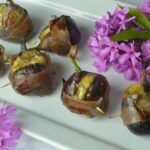
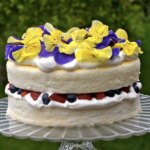
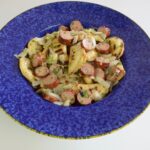

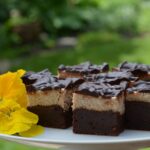
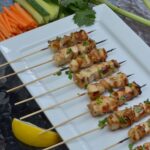
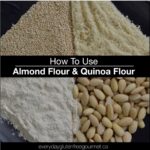
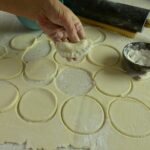



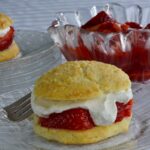
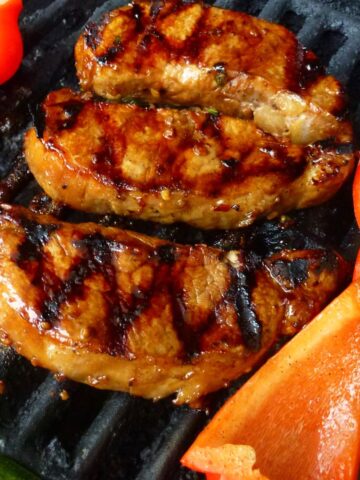
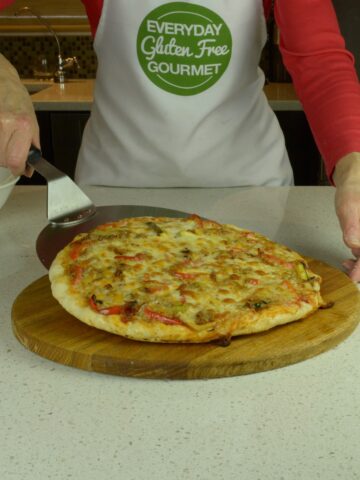
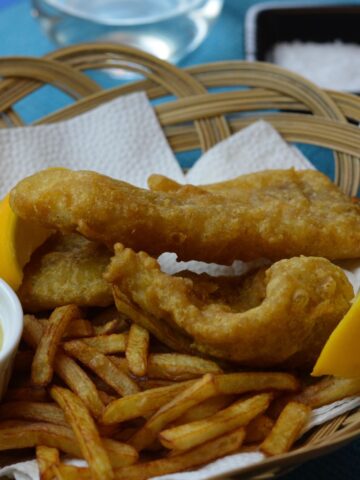
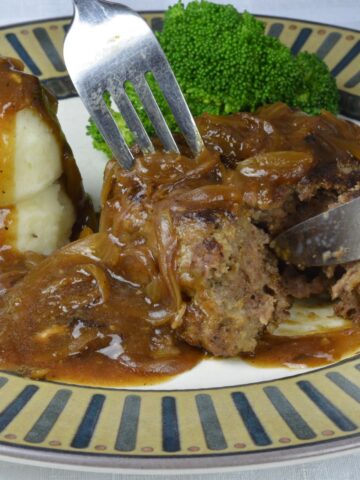
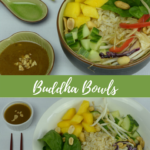
Sarah
This recipe was both light and enlightening - super fresh, simple, and yummy! Will definitely make again throughout the summer and mix up the veggies.
Cinde Little
Thanks Sarah, I love this bowl too and we can all use a little bit of enlightenment. Namaste.
Melissa
Delicious! This meal is lightweight, easy on a delicate tummy, and satiating! A great recipe for the upcoming summer months too as it requires minimal cooking and will be a perfect way to incorporate some homegrown veggies.
I’m obsessed with peanut sauce, and if you’re anything like me, you’ll want to go ahead and at least double that right away! Maybe even quadruple it just to keep extra for other meals later!
Cinde Little
Thanks Melissa, homegrown veggies would be terrific in this bowl. I too am obsessed with peanut sauce. Don't miss the Asian Coleslaw recipe and yet another version of peanut sauce with satay. Also my version of instant noodles is soup with a peanuty broth, a recipe you can really make your own. Happy cooking!